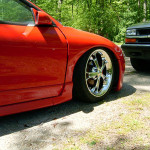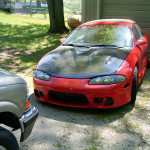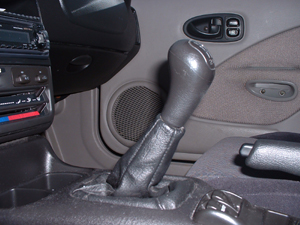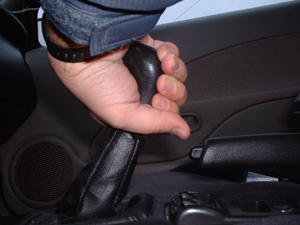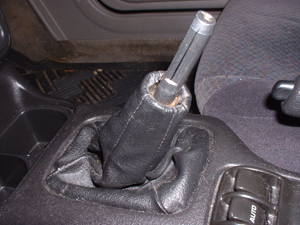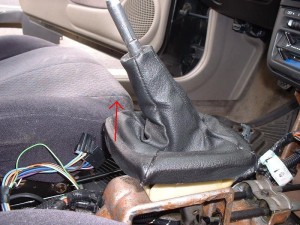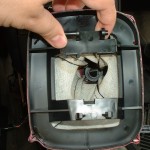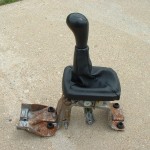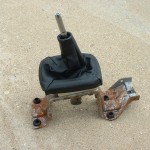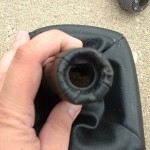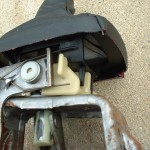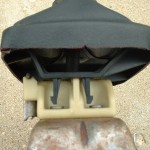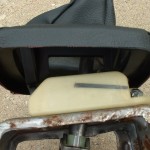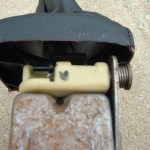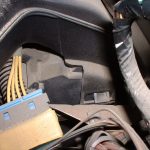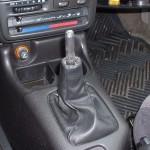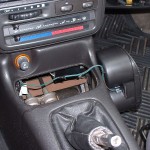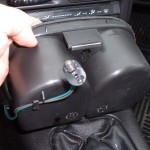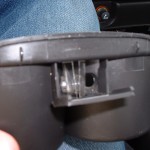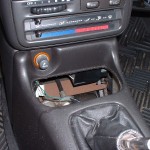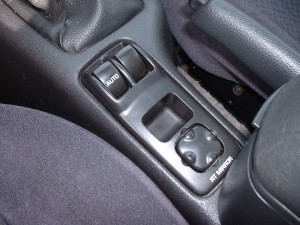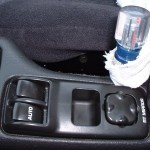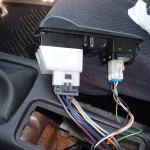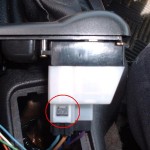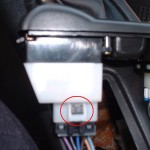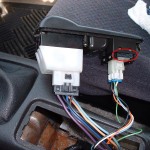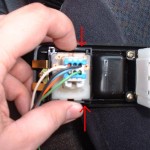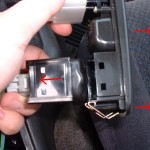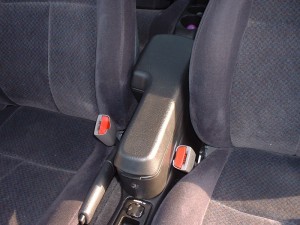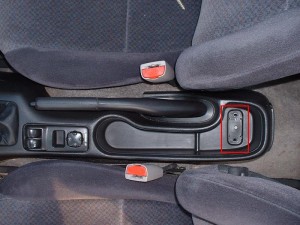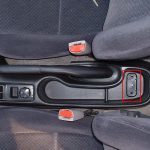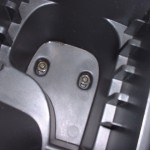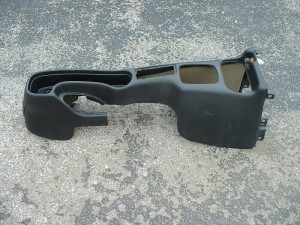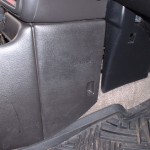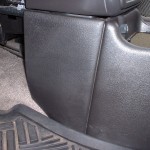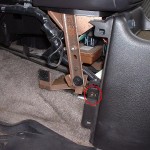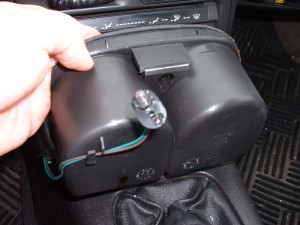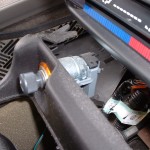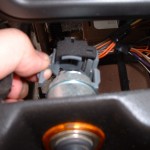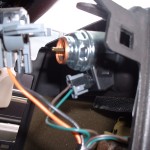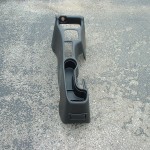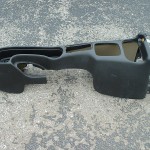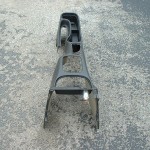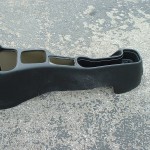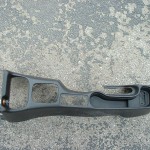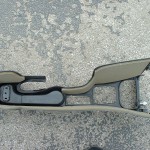Date: May 14, 2007
Source: SBR SCCA Blog
Author: UFP Pyro
Source Link
Tech Talk #2: Event Preparation
Ladies and Gentlemen, we are under way! The South Bend Region kicked this years Solo season off with a bang once again! 106 entries with plenty of new faces, made our first event of the season spectacular. It was also my first event as tech chief. I gotta tell ya, I learned a whole lot more than I expected to that day, and I wish to pass that information along to you. They say hindsight is 20/20, but in Solo we need to be looking ahead, which is what this article is about, looking, and planning ahead. Things you can do before, during, and after an event.
Things you can do before coming to an event:
- Check all of your engine’s fluids. We all know the importance of having proper fluid levels. Make sure they’re where they should be.
- Clean the car up: Make it look presentable. Solo II events are not only a competition, but a car show of sorts. Clean her up and show her off a little because, chances are your car will be photographed, and possibly posted on the web. Everybody loves a shiny car. Remove anything and everything that doesn’t apply to autocross, or the journey to and from.
- Do a quick inventory of the things you plan to bring with you. I can’t tell you how many times I’ve found my self at an event and have forgotten something. This is experience talking here. Get stuff together the day prior.
- Do a quick inspection of the car’s ball joints and tie rod ends if possible. Solo II can put a lot of stress on these parts, and you really do NOT want them to break during competition.
Example: This is a 1998 Eclipse GS-T that belongs to a friend of mine.
Here is the same car as it sits right now
The passenger side ball joint broke while he was doing less than 10 mph. He was very fortunate that his speed was low, and he was only 150 yards from home, because when it broke he lost all steering capabilities. The lower control arm fell to the road, causing the suspension to drop, and bringing the wheel into the fender causing a lot of damage. The CV axle was also pulled right out of the transmission. There’s more damage than that, but you get the idea. A simple inspection of the ball joint would have revealed a serious problem.
How to inspect your ball joints and tie rod ends:
The best way I’ve found to do this is to get both front wheels up in the air. Jack the car up and place it securely on jack stands, and then place wheel chocks behind the rear wheels. With the car up and the steering locked, grab the top and bottom of the front tires and give them a firm jiggle. There should be no movement or “slop.” Grab the tires by the sides and do the same. From side to side, there may be a little movement, so watch the steering wheel as you do this if possible. If the steering wheel is not moving, but the front wheel is, or you hear a slight clunking sound, there may be a problem. A visual inspection of the ball joints and tie rod ends is also in order. Many vehicles have “serviceable” tie rods and ball joints; i.e., they need lubed. If you are unsure on how to properly lube these parts, or how to visually inspect them, please seek assistance. Nothing I can say here will remotely compare to a visual demonstration by a mechanic or competent “Do It Yourselfer”.
Once you arrive at an event:
After you arrive, and find yourself a cozy little spot in the paddock, you have one of two options. Get registered, or go through tech. If you arrive before registration opens, then you have a little time to spare, but not as much as you might think. If you arrive after registration is open, go see them first. The sooner people get through registration the better. It just helps get the day going sooner for everybody. I will have tech inspection open before registration, but before you see me, there are some things to do. If you are going to change tires, now is the time. Make sure you torque the lug nuts after your tire change. I cannot stress this enough. Remove ALL loose objects from the vehicle. Floormats, cups, child seats……anything that can move around needs to come out. An innocent enough garage door opener can quickly turn into a U.F.O. (Unfriendly Flying Object) in autocross conditions. If you have an after-market stereo system with a sub enclosure, it needs to be removed also if the box and amplifier are not securely fastened. If you need to remove this item, I also ask that you remove the fuse for the main power, or “hot” wire for the amp. If your system is not equipped with a fusible link, then I require several layers of electrical tape be wrapped around the exposed part of the”hot” wires. If the car has hub caps, they gotta go also. We don’t want one coming off and injuring a course worker. After everything is removed, place it in a part of your paddock area that is out of the way so as not to be tripped or run over. Now is a good time to apply your numbers and class lettering so we know what to write on your tech sticker.
Going through Tech:
Here is a basic rundown of what to expect from a tech inspection.
- We are going to check the tires. We’re going to visually inspect them for excessive wear or “cording”. We’re going to give each one a jolly good shaking to make sure there is no slop in the ball joints, and to help ensure they are on tight. We’re going to inspect the lug nuts also, and ask you if you torqued them, if they have been changed.
- We’re going to check the interior of the vehicle. Anything that can come loose should be out of there.
- We’re going to check the brake pedal to make sure it is firm and working.
- We’re going to check the battery to ensure it is fastened securely. Bungee cords and zip ties are not the answer here folks.
- We’re going to check the throttle return, where applicable. The “Fly By Wire” cars get to slide on this one.
- We’re going to do a visual safety inspection of the overall vehicle. Vehicles with random body parts falling off, dangerous interior conditions, or engines spewing their life blood all over tech will be disqualified from competition, no exceptions.
- Finally, we’ll be checking your helmet. A SNELL 1995 or newer is the rule. If I don’t see that sticker in your helmet, you may not use it, and will have to use a loaner helmet.
OK, you made it through registration, and tech. You’ve walked the course (several times I hope) and have attended the driver’s meeting. Now the real fun part. You make your first run!! Did you change tires this morning? After your first run you gotta re-torque those lug nuts. I know it sounds crazy, but those puppies have a way of working themselves off. This is a huge safety concern on so many levels and I CANNOT stress it enough. Even after the event is over, and you have your street tires back on, it’s still a good idea to stop shortly into your return trip home and check the lug nuts.
Well, I think I’ve covered all the bases for this particular article. Once again, if you feel I am in error, omitted something important, or wish to share your mega millions lotto winning with me, my e-mail is always available to you. I thank you for reading, and leave you with a suggested quote by the late Carroll Smith.
“I am fully aware that much of what I have to say in this book is subjective. I wish that my knowledge and wisdom were such that this were not so. Many readers are going to disagree with my interpretations, conclusions and recommendations. I offer no apology. In each case I will put forth my personal best shot on the subject at the time of writing. I reserve my right to change my thinking at any time. ”
Respectfully Submitted,
Adam Lewis
South Bend Region SCCA Chief Tech Inspector
(Note from the author: This article is intended as a helpful guide, and nothing more. Every precaution should be taken concerning safety when performing any of the above tasks. If you are unsure about performing any of the above tasks, it is advised you seek the assistance of a professional. The “Author”, “The South Bend Region SCCA” or the “SCCA” CANNOT be held liable for any person(s) injured while performing these tasks, or be held liable for any damage to any vehicle(s) directly or indirectly resulting from the advice in this article.)


